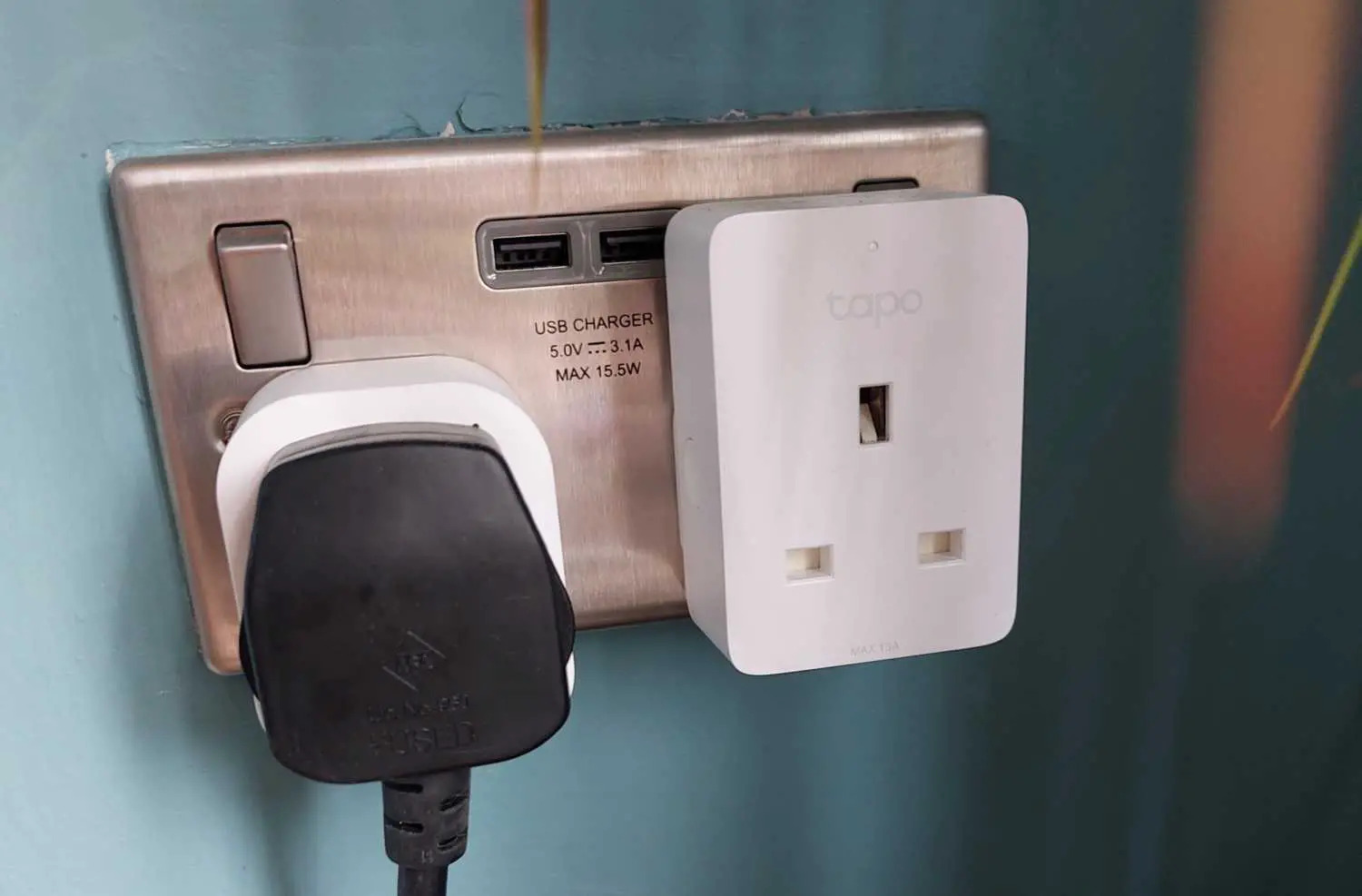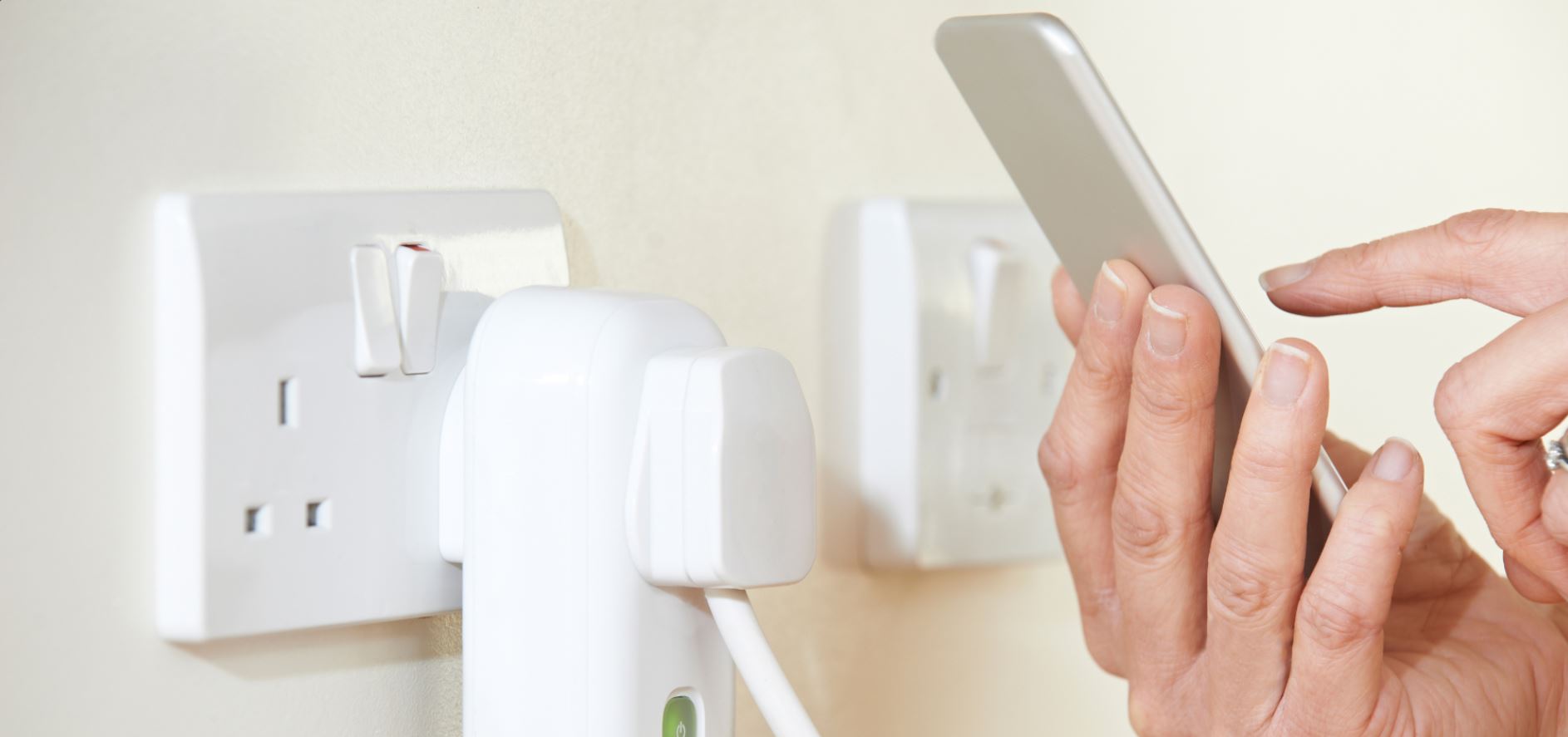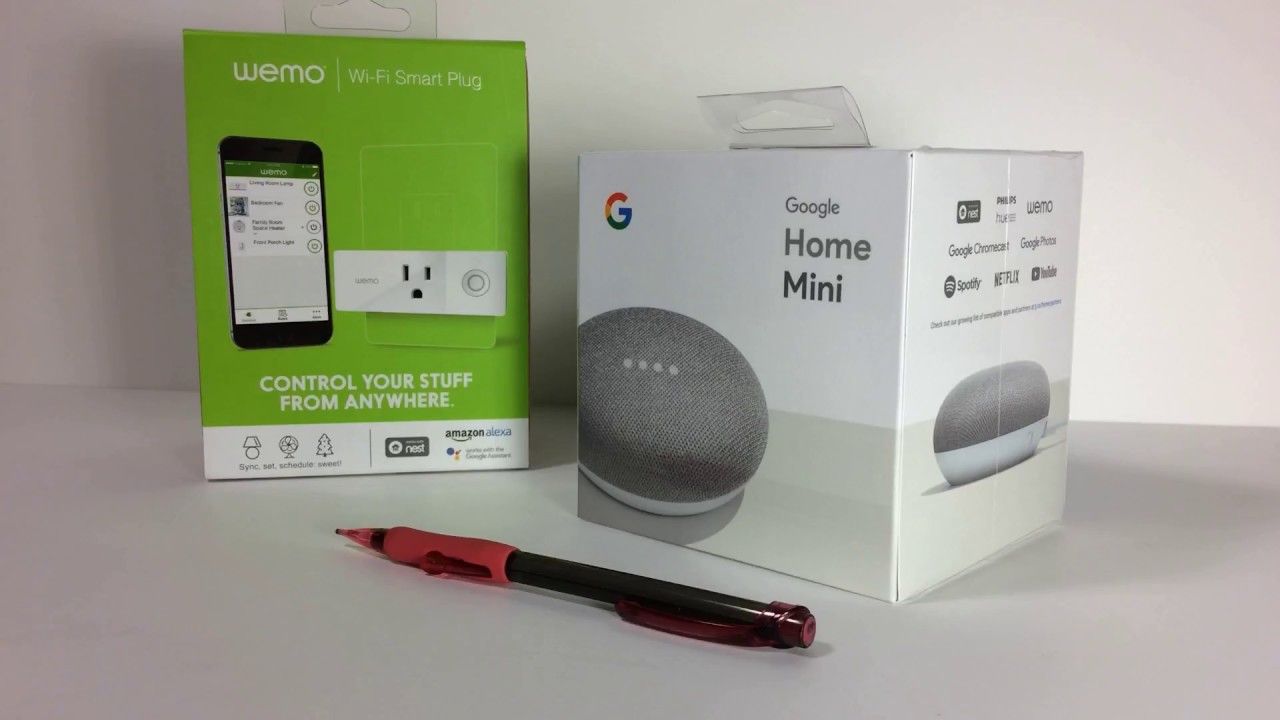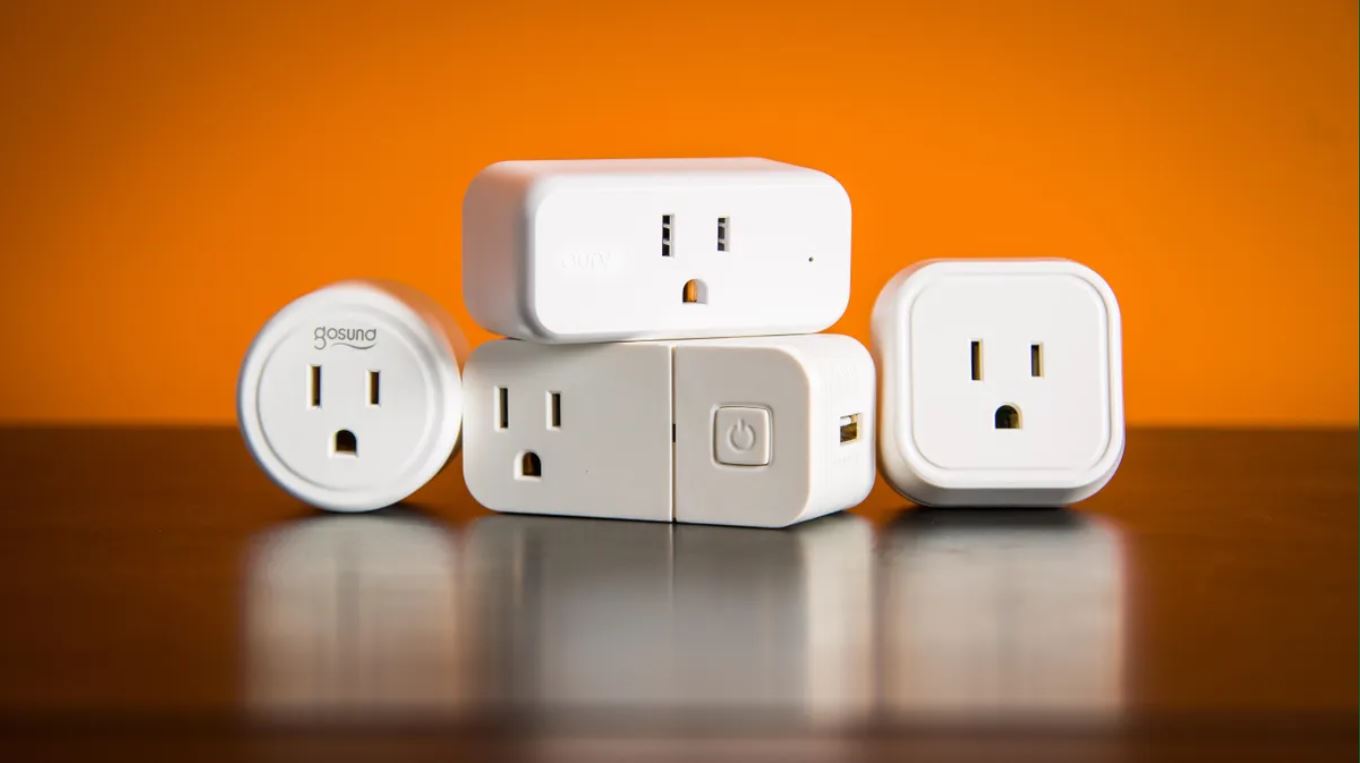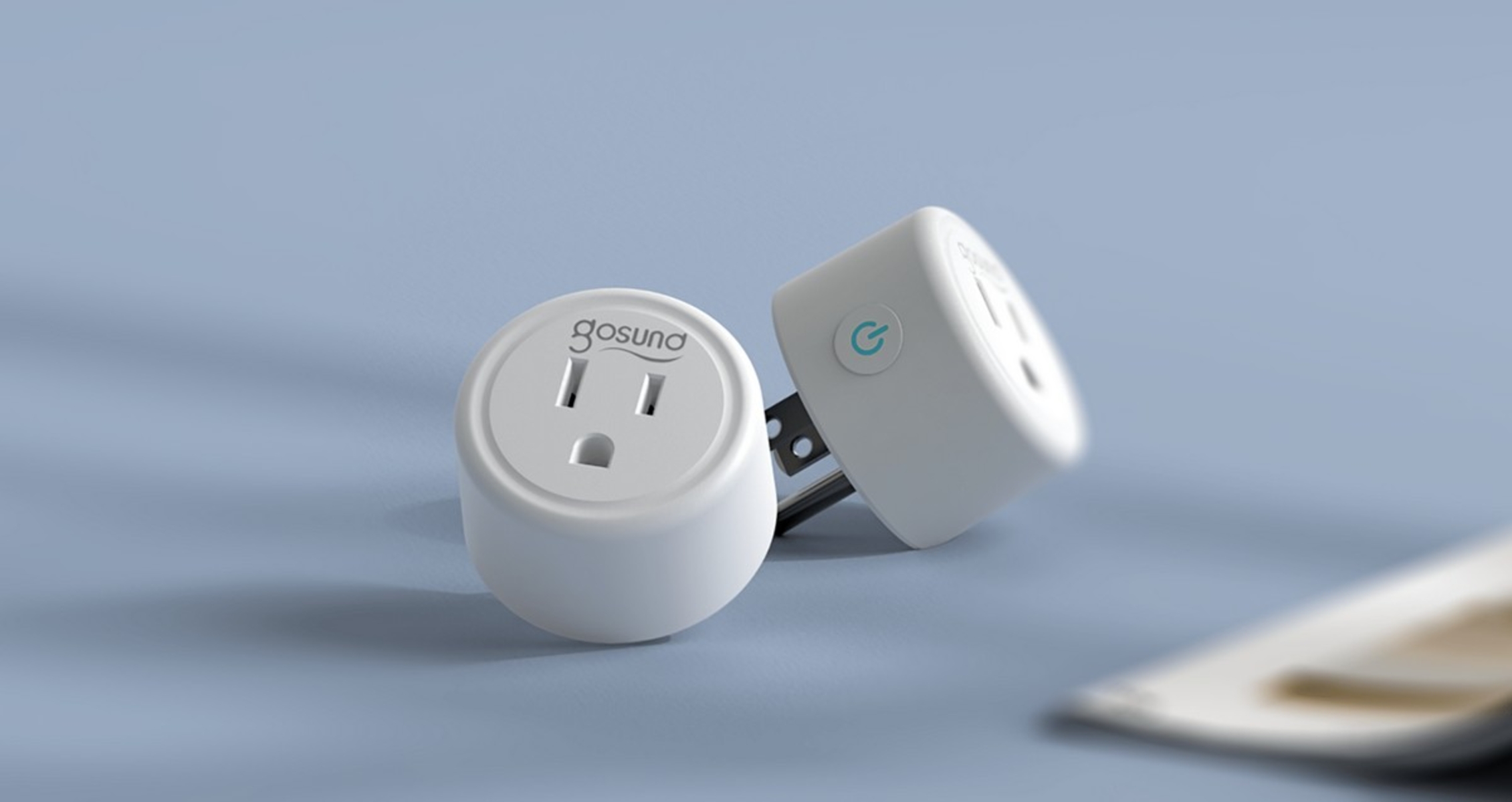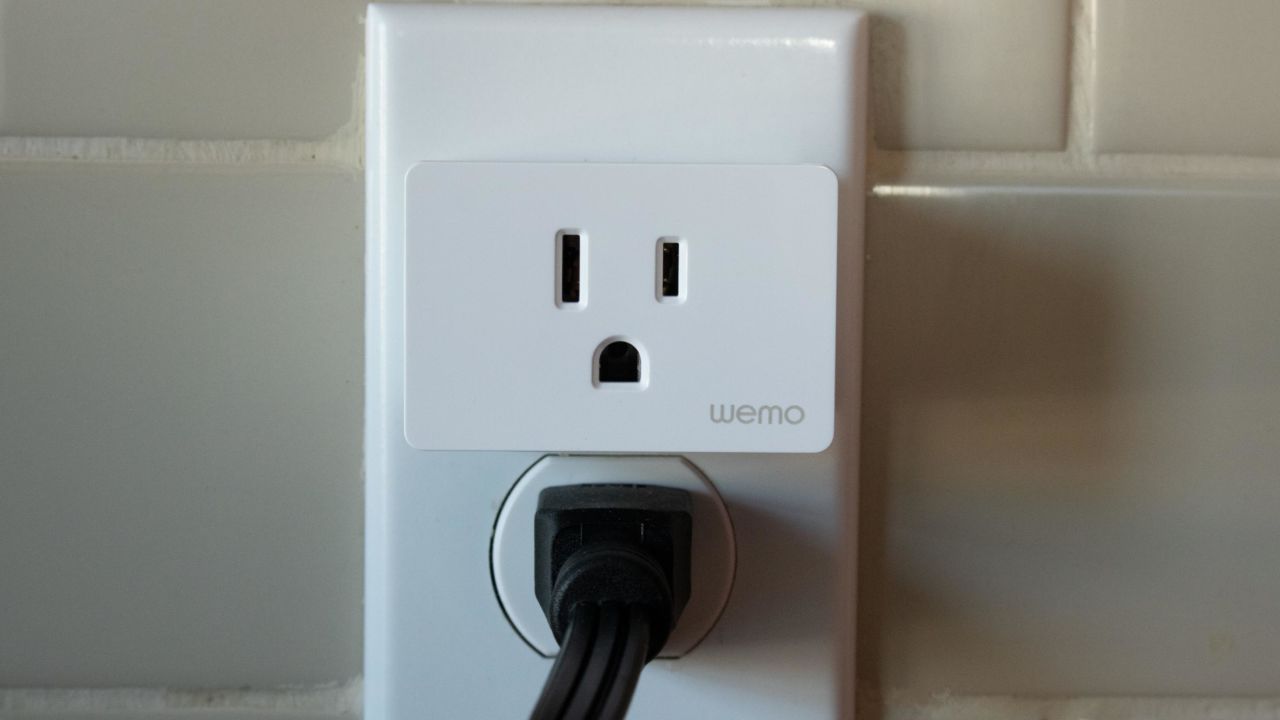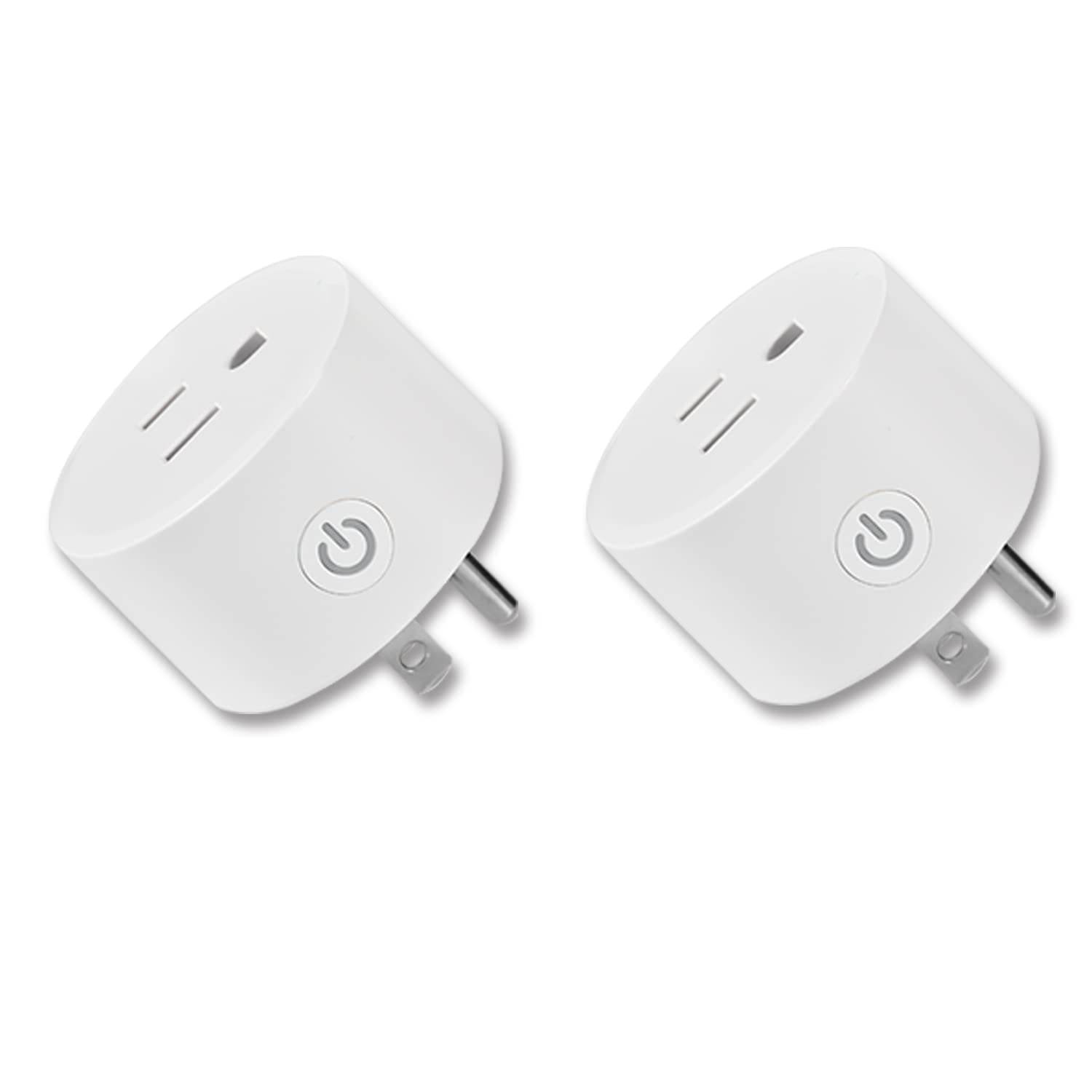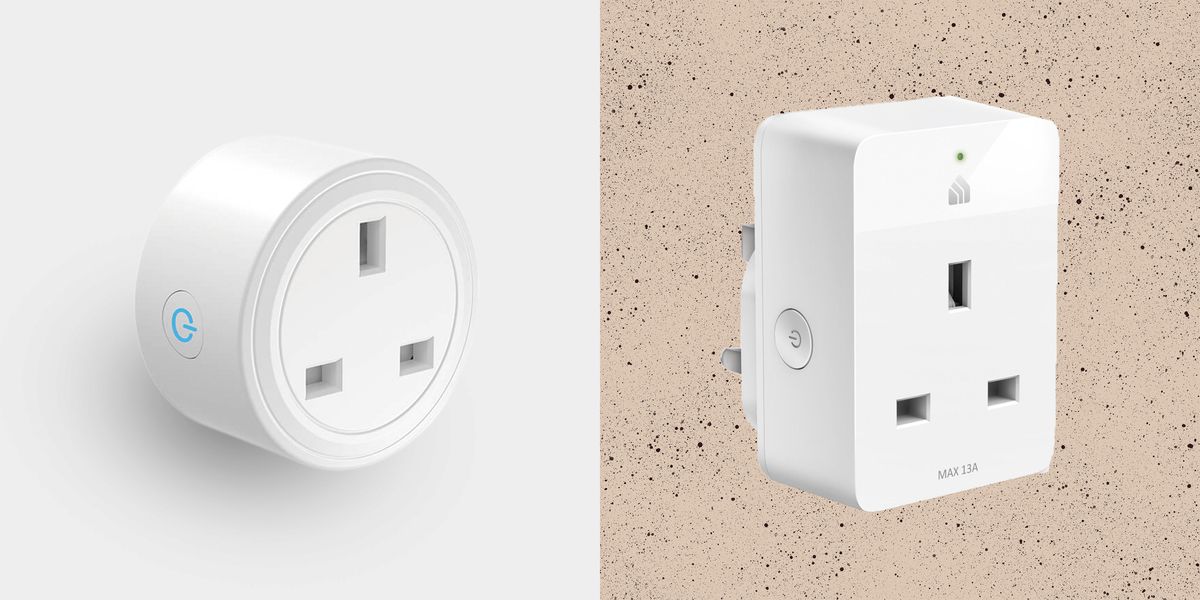Introduction
Welcome to this guide on how to connect a smart plug to Google Home! With the advancement of technology, our homes are becoming smarter and more interconnected than ever before. Smart plugs, also known as Wi-Fi plugs or smart outlets, are a convenient addition to any smart home setup. They allow you to remotely control your electrical devices using a smartphone app or voice commands through a virtual assistant, making your everyday tasks more effortless and efficient.
Google Home, powered by the Google Assistant, is a popular virtual assistant that can control various smart devices in your home. By connecting your smart plug to Google Home, you can enjoy even greater convenience and control over your connected devices.
In this guide, we will take you through the step-by-step process of connecting your smart plug to Google Home. We will also discuss the numerous benefits of this integration and provide troubleshooting tips for common issues that may arise. So, whether you’re new to the world of smart homes or looking to expand your existing setup, this guide is here to help.
Before we dive into the details, let’s first understand what a smart plug is and how it can enhance your home automation experience.
What is a Smart Plug?
A smart plug is a small device that you can plug into any traditional electrical outlet in your home. It acts as a bridge between the electrical socket and your electrical device, allowing you to control the power supply remotely. Unlike traditional outlets, smart plugs are equipped with Wi-Fi connectivity, enabling you to control them using a smartphone app or through voice commands via a virtual assistant like Google Home.
Smart plugs come in various designs and functionalities, but their core purpose remains the same – to provide you with enhanced control and automation of your electrical devices. Whether it’s turning on/off lights, operating appliances, or managing home security systems, a smart plug empowers you to conveniently manage your devices from anywhere, at any time.
Most smart plugs are compatible with a wide range of electrical devices, including lamps, fans, coffee makers, TVs, and even non-smart devices like older appliances that don’t have built-in Wi-Fi capabilities. By connecting these devices to a smart plug, you can effortlessly control their power state using your smartphone or voice commands.
Additionally, many smart plugs offer advanced features like scheduling and timers, empowering you to automate your devices based on your lifestyle and preferences. For example, you can set your coffee maker to start brewing coffee every morning at a specific time, or schedule your lights to turn on automatically when you’re away to create an illusion of an occupied home.
Smart plugs not only provide convenience but also bring energy-saving benefits. With the ability to remotely control your devices, you can easily turn off appliances or lights that are accidentally left on, reducing unnecessary energy consumption and lowering your electricity bills.
Now that you have a good understanding of what a smart plug is and its potential benefits, let’s explore why connecting a smart plug to Google Home is a game-changer for your home automation setup.
Benefits of Connecting Smart Plug to Google Home
Connecting your smart plug to Google Home opens up a world of possibilities for controlling your devices with ease and efficiency. Here are some key benefits of this integration:
- Voice Control: With Google Home’s built-in Google Assistant, you can control your connected devices using simple voice commands. Whether you’re in the kitchen and want to turn on the coffee maker or in the living room and want to dim the lights, you can do it effortlessly by just saying “Hey Google” followed by your command.
- Seamless Integration: Google Home acts as a central hub for all your smart devices, providing a unified control experience. By connecting your smart plug to Google Home, it becomes part of your overall smart home ecosystem and can be managed alongside other compatible devices. This means you can create routines, schedule events, and control multiple devices simultaneously through a single interface.
- Remote Control: One of the greatest advantages of connecting your smart plug to Google Home is the ability to control your devices remotely. Whether you’re at work, on vacation, or simply in another room, you can use the Google Home app on your smartphone or any other Google Assistant-enabled device to turn on/off devices and ensure that everything is functioning as desired.
- Automation and Scheduling: Google Home allows you to automate your connected devices through routines and schedules. You can create custom routines that trigger multiple actions simultaneously, such as turning on the lights, adjusting the thermostat, and playing your favorite music when you say a specific phrase or command. Additionally, you can set schedules for your devices to turn on/off at specific times, making your home more energy-efficient and tailored to your daily routine.
- Enhanced Convenience: Connecting your smart plug to Google Home adds an extra layer of convenience to your daily life. Imagine being able to control your devices without needing to search for your smartphone or physically toggle switches. With voice commands and easy access through the Google Home app, managing your devices becomes a seamless and effortless experience.
These are just a few of the benefits you can enjoy by connecting your smart plug to Google Home. The integration not only enhances your control over your devices but also adds convenience and automation to your smart home setup, making your life more comfortable and efficient.
Step by Step Guide to Connect Smart Plug to Google Home
Connecting your smart plug to Google Home is a straightforward process. Follow these step-by-step instructions to get your devices integrated:
- Choose a Compatible Smart Plug: Ensure that the smart plug you have or plan to purchase is compatible with Google Home. Most smart plug manufacturers provide this information on their product packaging or website.
- Set Up Your Smart Plug: Unbox your smart plug and follow the manufacturer’s instructions to set it up. This usually involves plugging the smart plug into a power outlet and connecting it to your home’s Wi-Fi network using the designated app.
- Set Up Google Home: If you haven’t already, download the Google Home app onto your smartphone or tablet and set up your Google Home device. Follow the app’s instructions to connect your Google Home device to your Wi-Fi network.
- Open the Google Home App: Launch the Google Home app and tap on the “+” icon in the top left corner to add a new device.
- Select “Set Up Device”: Choose the “Set Up Device” option followed by “Set up new devices in your home” from the list of available options in the app.
- Choose a Location: Select the location where your smart plug is installed from the list of available rooms or create a new room if necessary.
- Connect Your Smart Plug: Follow the on-screen instructions to connect your smart plug. This usually involves entering the credentials for your home’s Wi-Fi network and allowing the Google Home app to discover your smart plug.
- Link Smart Plug to Google Home: Once your smart plug is discovered, follow the app’s prompts to link your smart plug to your Google Home device.
- Configure Device Settings: After linking, you can customize the device name, assign it to a room, and make any other desired adjustments in the Google Home app.
- Test and Enjoy: Your smart plug is now connected to Google Home! Test it out by using voice commands or controlling it through the Google Home app. Enjoy the convenience and control that comes with integrating your smart plug with Google Home.
By following these simple steps, you can seamlessly connect your smart plug to Google Home and start controlling your devices with ease and efficiency.
Troubleshooting Common Issues
While connecting your smart plug to Google Home is usually a smooth process, you may encounter some common issues along the way. Here are a few troubleshooting tips to help you resolve them:
- Check Wi-Fi Connection: Make sure your smart plug and Google Home device are both connected to the same Wi-Fi network. If they are on different networks, ensure they are connected to the correct one.
- Restart Your Devices: Sometimes, a simple restart can resolve connectivity issues. Try turning off and unplugging your smart plug and Google Home device, then plug them back in and turn them on again.
- Reconnect Your Smart Plug: If your smart plug is not responding or not detected by the Google Home app, you may need to reconnect it. Follow the manufacturer’s instructions to reset your smart plug, then go through the setup process again.
- Check Compatibility: Ensure that your smart plug is compatible with Google Home. Check the manufacturer’s documentation or website for compatibility information and any specific setup instructions.
- Update Firmware: Check if there are any firmware updates available for your smart plug. Updated firmware can often resolve bugs or improve compatibility with Google Home. Consult the manufacturer’s website or app for firmware update instructions.
- Verify Device Names: Double-check that the device names are unique and easily recognizable in the Google Home app. If you have multiple devices with similar names, it can cause confusion and lead to connectivity issues.
- Confirm Voice Command Syntax: Ensure that you are using the correct voice commands to control your smart plug through Google Home. Sometimes, minor errors in voice syntax can prevent successful device control.
- Check Internet Connectivity: Verify that your Wi-Fi network is working properly and has a stable internet connection. Unstable internet connectivity can cause communication issues between your smart plug and Google Home.
- Contact Manufacturer Support: If you have tried all the troubleshooting steps and still cannot resolve the issue, reach out to the smart plug manufacturer’s support team. They can provide further assistance and guidance specific to your device.
By following these troubleshooting tips, you can overcome common issues that may arise when connecting your smart plug to Google Home. Remember, patience and persistence are key when troubleshooting technology, so don’t hesitate to seek additional help if needed.
Conclusion
Connecting a smart plug to Google Home is a game-changer for your home automation experience. It allows you to effortlessly control your electrical devices using voice commands or the Google Home app, bringing convenience and efficiency to your daily life.
In this guide, we explored what a smart plug is and how it can enhance your home automation setup. We highlighted the benefits of connecting a smart plug to Google Home, including voice control, seamless integration, remote control, automation and scheduling, and enhanced convenience.
We also provided a step-by-step guide to help you connect your smart plug to Google Home easily. By following the instructions outlined in the guide, you can integrate your smart plug into your Google Home ecosystem and enjoy the full range of features and controls it offers.
Additionally, we shared troubleshooting tips for common issues that may arise during the setup process. These tips can help you overcome connectivity or compatibility issues, ensuring a smooth and successful integration between your smart plug and Google Home.
By taking advantage of the capabilities of a smart plug and integrating it with Google Home, you can create a more connected and automated home environment. It allows you to have greater control over your devices, optimize energy usage, and enhance your overall home automation experience.
So, whether you’re a tech enthusiast looking to expand your smart home setup or a busy individual seeking convenience and efficiency, connecting a smart plug to Google Home is a step in the right direction. Embrace the power of voice control and automation, and enjoy the endless possibilities it brings to your home.







